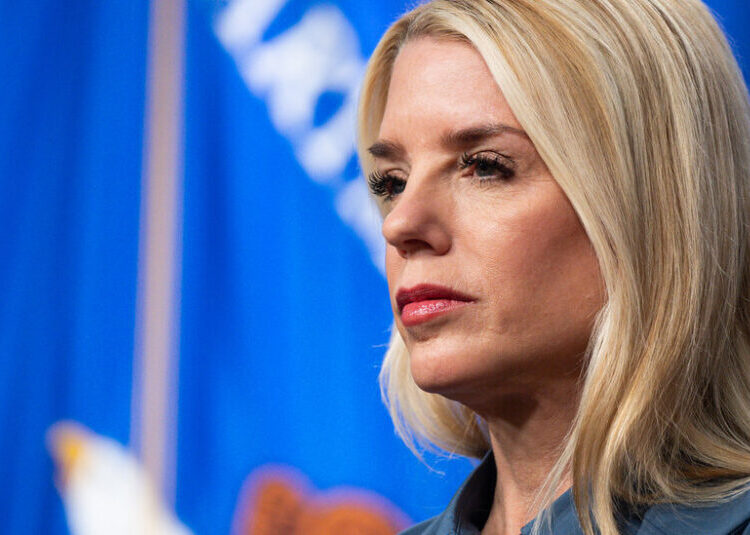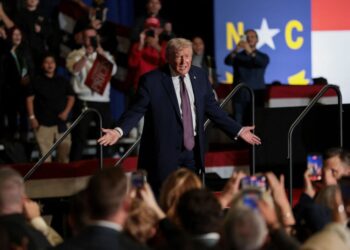The National Park Service is introducing a digital annual pass that charges foreign visitors $170 more than United States residents across the federal recreation system.
According to a news release the Department of the Interior published Tuesday, an America the Beautiful pass will stay $80 for U.S. residents and cost $250 for nonresidents in 2026.
The announcement of a digital pass available through the reservation site Recreation.gov includes “America-first pricing” at some parks. Starting on Jan. 1, nonresidents without an annual pass will have to pay a $100 surcharge to enter 11 of the most-visited places in the system.
Parks that will charge the extra $100 include Acadia National Park, Bryce Canyon National Park, Everglades National Park, Glacier National Park, Grand Canyon National Park, Grand Teton National Park, Rocky Mountain National Park, Sequoia & Kings Canyon National Parks, Yellowstone National Park, Yosemite National Park and Zion National Park.
The release describes the introduction of a digital pass as “the most significant modernization of national park access in decades.” That includes new artwork, coverage for up to two motorcycles under one pass and “a new resident-focused fee structure that puts American families first.”
The annual pass will be available for $20 to permanent residents who are 62 and older. Fourth-graders and military members get the annual pass free. Eight fee-free days will only apply to residents, starting with Presidents’ Day on Feb. 16.
“These improvements … reflect President Donald J. Trump’s commitment to making national parks more accessible, more affordable and more efficient for the American people,” the release says.
“There’s a lot to unpack in this announcement, including many questions on its implementation,” Kati Schmidt, communications director for the National Parks Conservation Association, said in an email Tuesday.
The change in fees dates back to a July executive orderto “increase revenue and improve the recreational experience at national parks.”
The United States will join a number of other countries who charge more for foreign tourists than locals at parks, including Thailand, Rwanda, Tanzania, Chile and Ecuador, among others. Many other countries do not charge entrance fees to national parks.
Under the Federal Lands Recreation Enhancement Act, at least 80 percent of the money collected from recreation fees stays in the park where they are charged.
A September paperpublished by the Congressional Research Service says that the revenue from adding surcharges for international visitors “has been challenging to estimate, because NPS has not collected systematic data on the numbers of international visitors to park units.”
A summer visitation study at Yellowstone found that close to 15 percent of the visitors in 2024 had come from outside the U.S. That figure was 30 percent in 2018.
The post National parks announce ‘America-first’ upcharges for foreign visitors appeared first on Washington Post.




